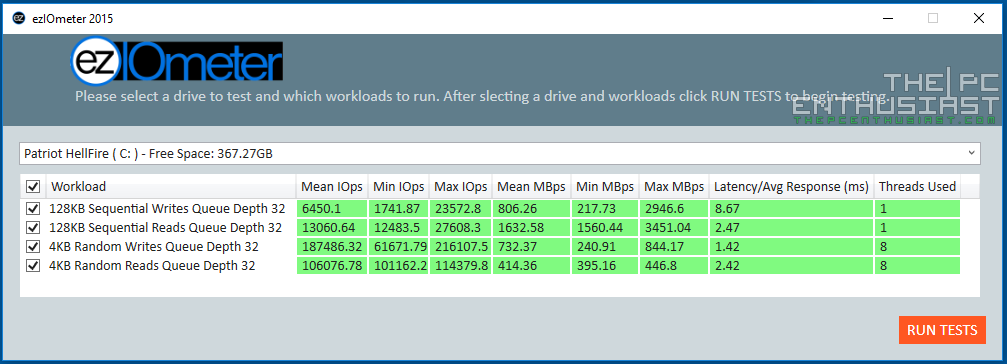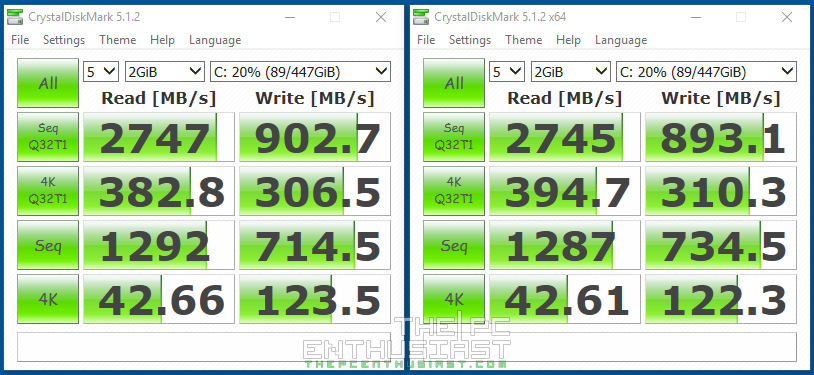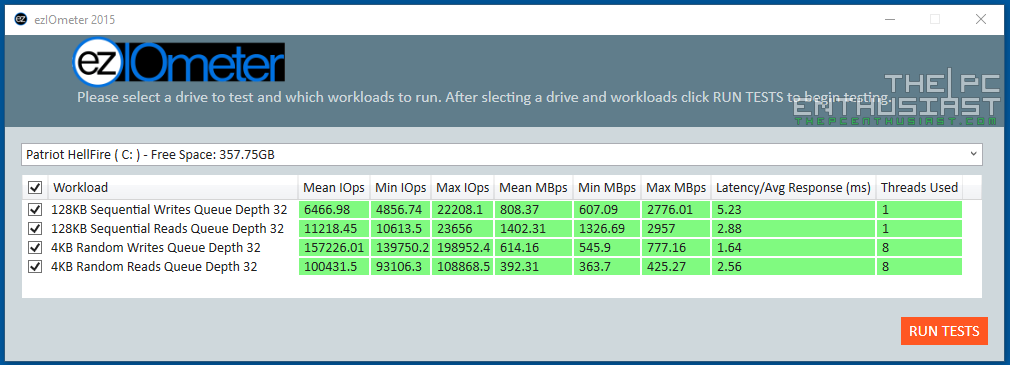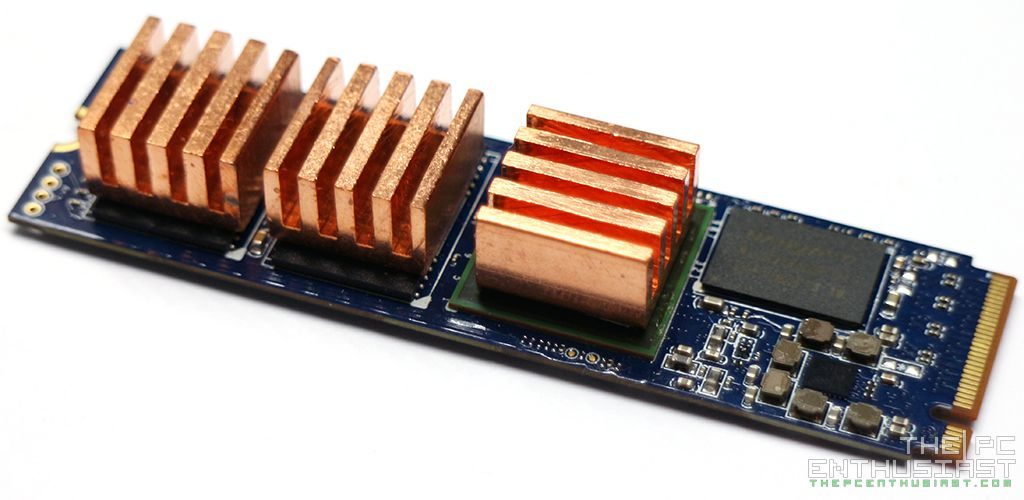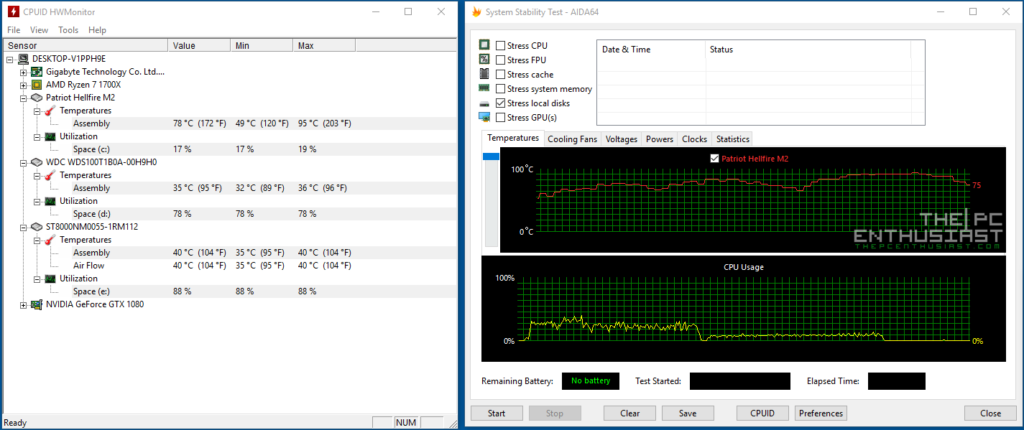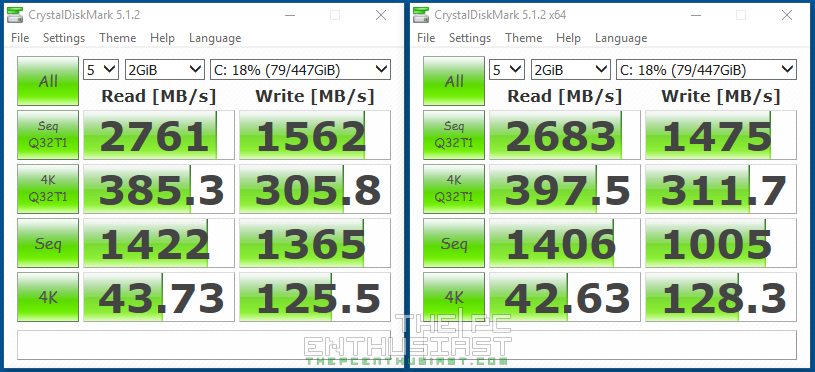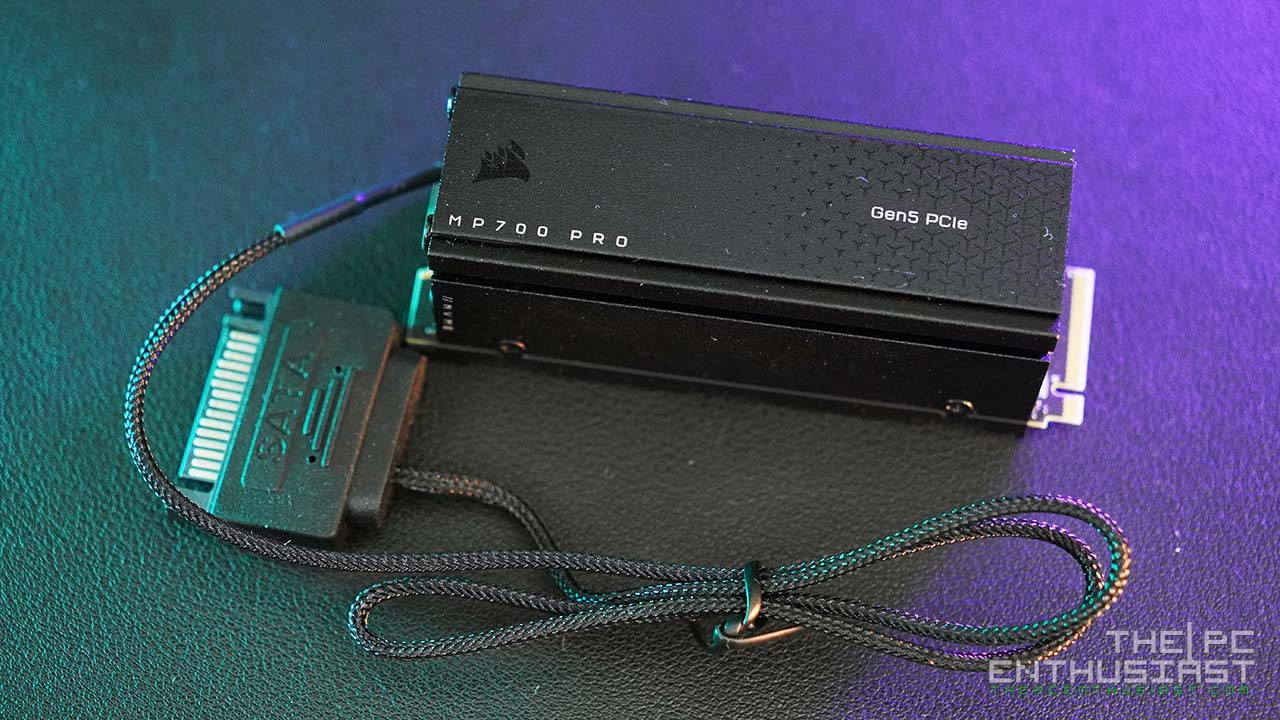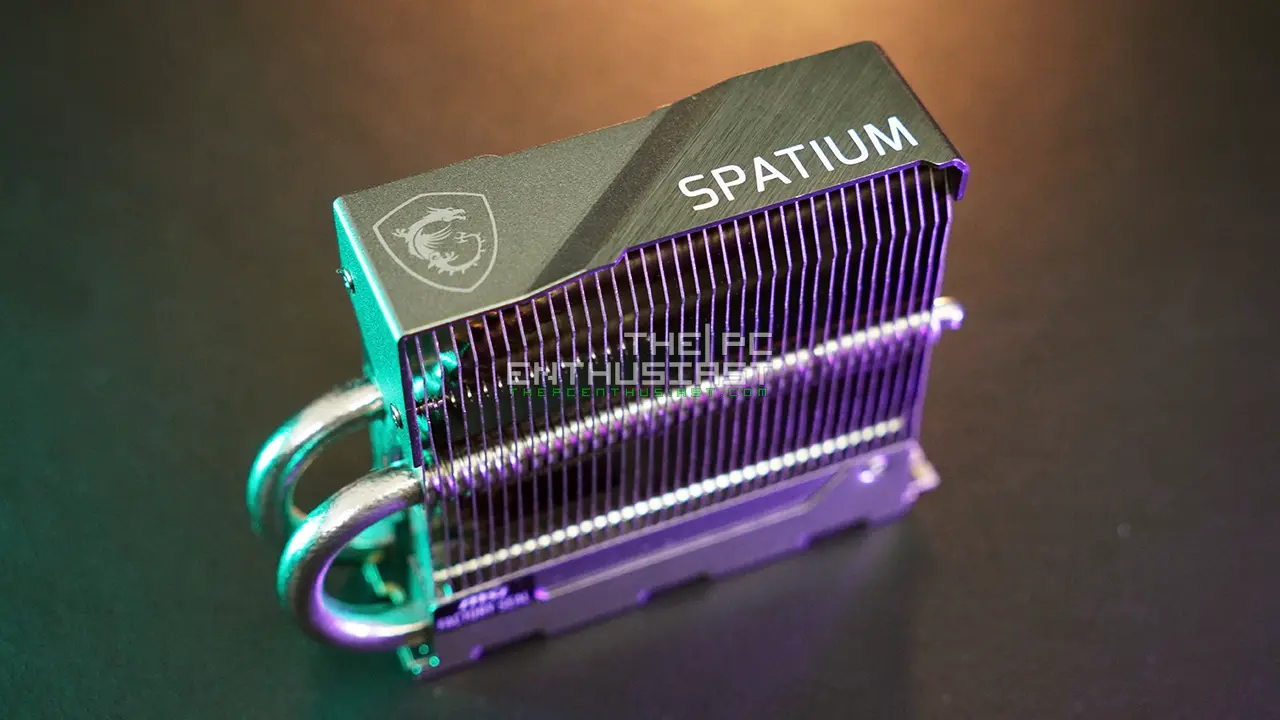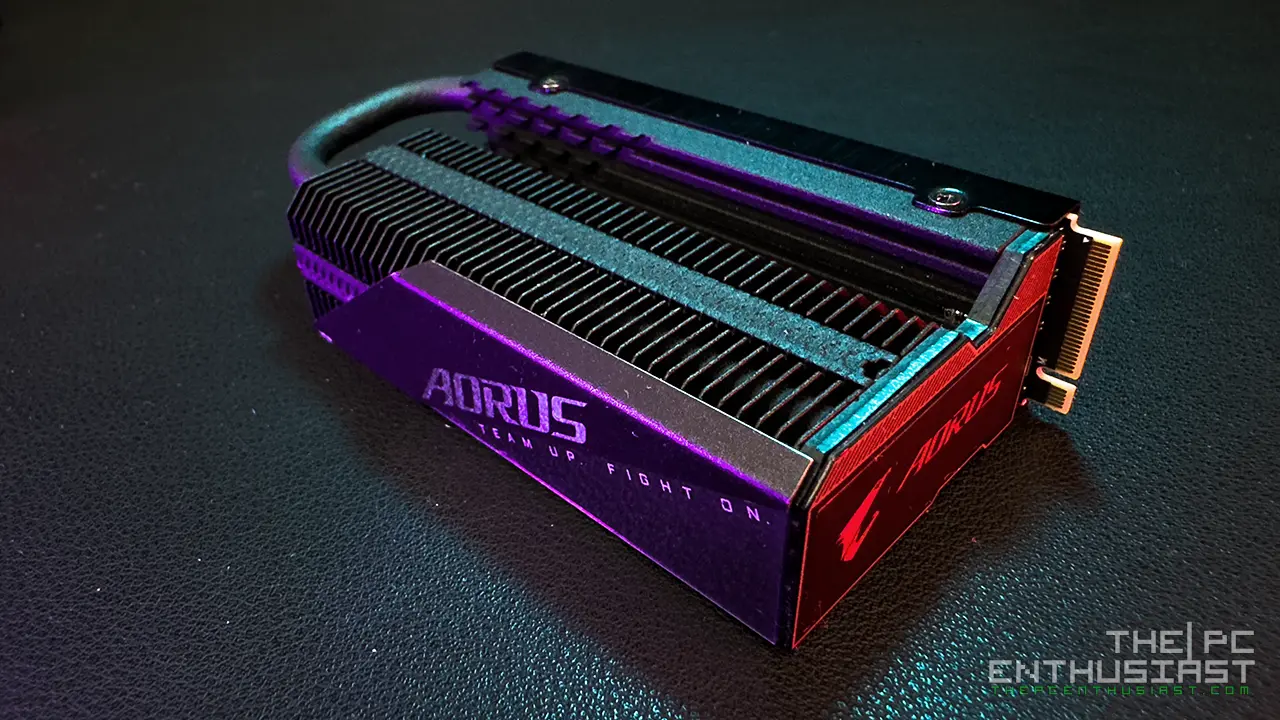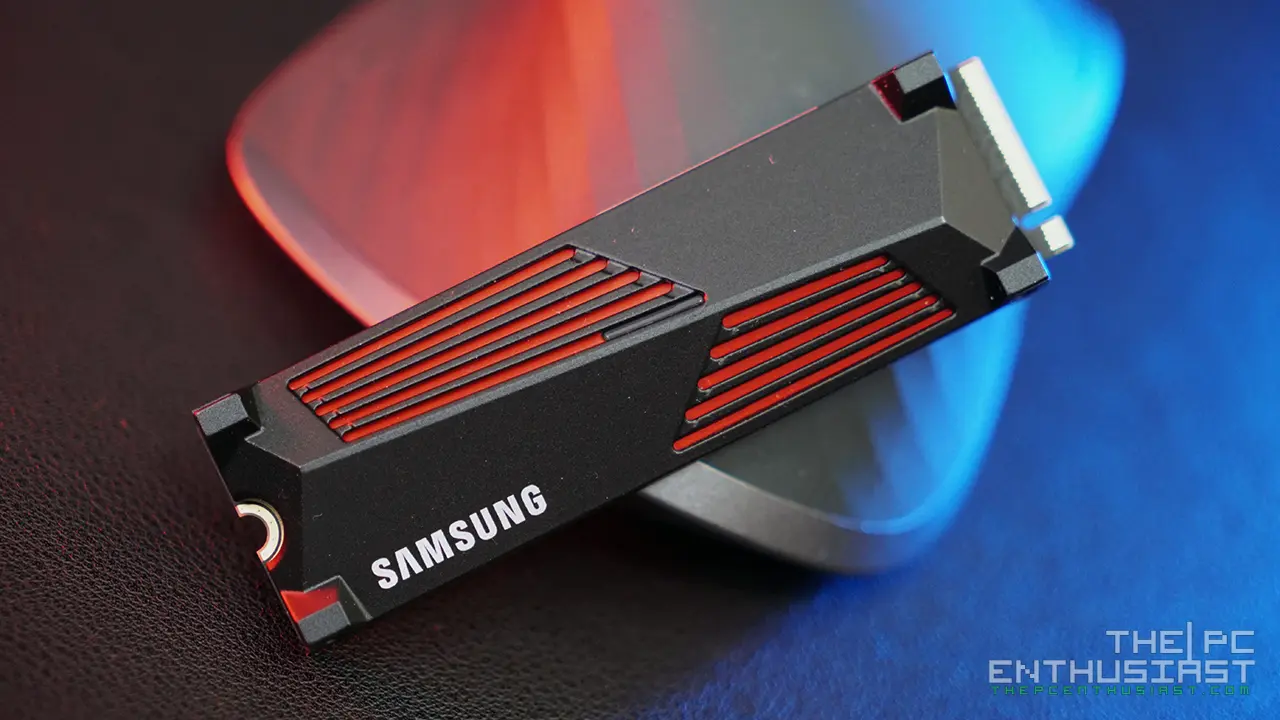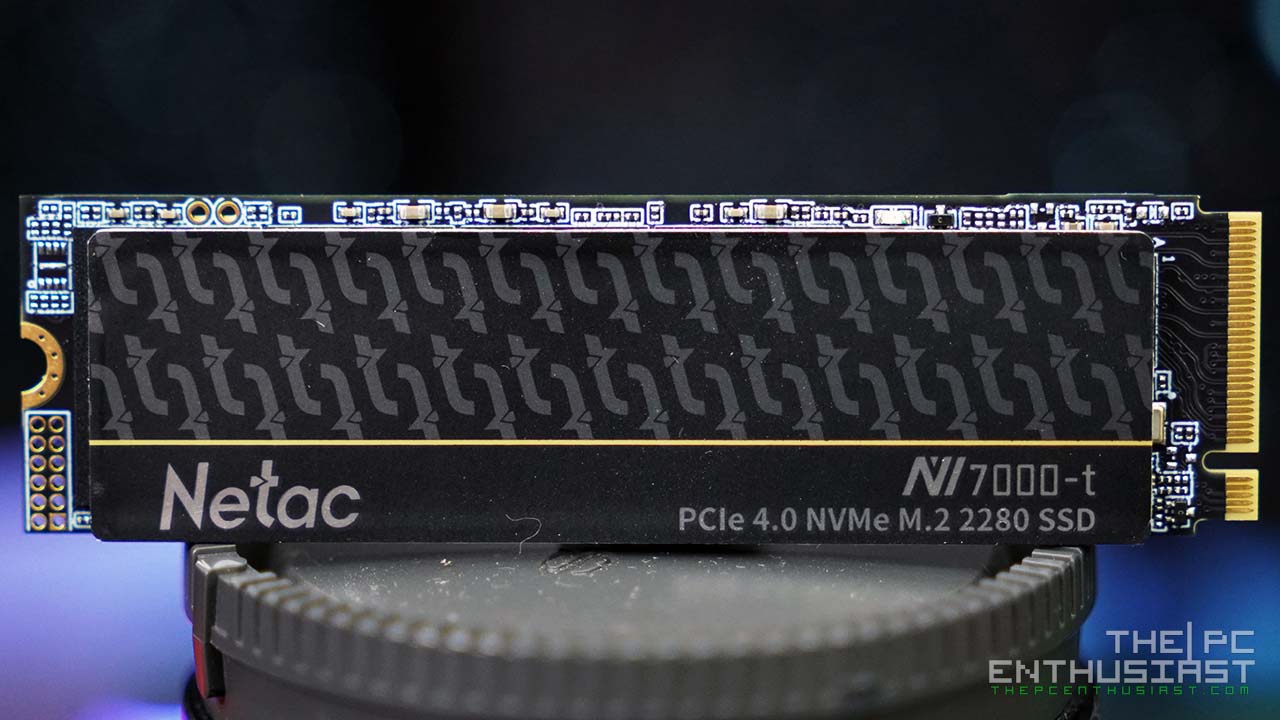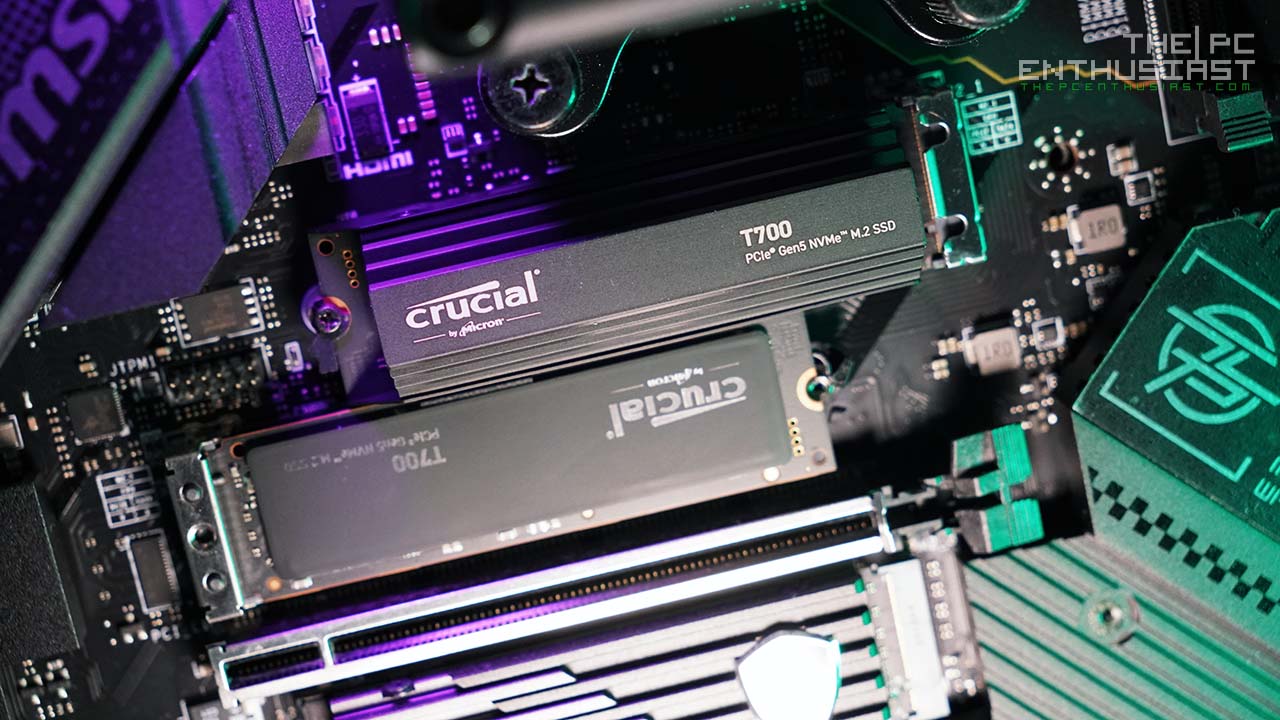Patriot Hellfire 480GB M.2 Temperature Test
The Patriot Hellfire M.2 NVMe SSD has an operating temperature from 0° to 70° C. However, I was surprised to see that my drive was operating beyond 70°; and even peaks at 100° degrees Celsius! No wonder it’s called Hellfire (pun intended). Allow me to explain further.
The temperatures you see below are the result of the drive installed without any airflow support. When I did the benchmarks on the previous pages, the Patriot Hellfire was installed below the Zotac GTX 1080 Mini. Since the GPU is blowing air, it’s also somehow cooling the Patriot Hellfire. Take not that the GPU was not under load since I was only doing storage benchmarks. So basically the graphics card was not hot and the air that was exhausted towards the PCB was cool.
When I rearranged the orientation of the test setup, this time the graphics card was further away from the Hellfire (as you can see from the photo on the test setup); leaving the Hellfire with no airflow support. Below are the results I got.
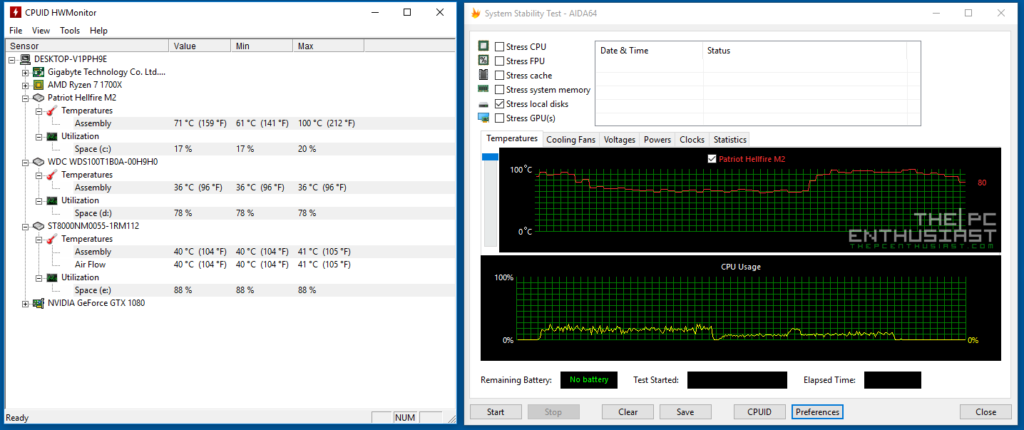
I’m not sure if this is true to all Hellfire M.2 SSDs, but for my specific unit, it was definitely operating at above 70°. I’ve checked other reviews but most didn’t mention about its temperature. I’ve read one review where their unit’s temperature was also reaching around 80°+ degrees Celsius. So, I was a little bit worried about how high the temperature can get with this unit. Even though it was still working, extreme heat may damage the drive in the long run or at least shorten its life span.
There are motherboards that come with an “M.2 shield” or a heatsink for M.2 SSDs; specially the new X299 motherboards. However, since our system unit didn’t have one, I resorted to a sort of DIY solution. I found some old memory heatsinks and decided to put them on the controller and the NAND flash. I think these heatsinks were originally meant for VRAMs.
WARNING: I do not recommend this method as this will void warranty! Removing the sticker label voids warranty! I just removed the sticker for better contact.
Again, I tested the Hellfire M.2, this time with the copper heatsinks installed; but still not airflow support. The temperatures dropped by a few degrees Celsius as you can see from the results below. However, it was still operating at above 70° degree Celsius. I think I may need to install a fan that will blow cool air towards the Patriot Hellfire M.2’s direction to further keep its temperature at bay.
